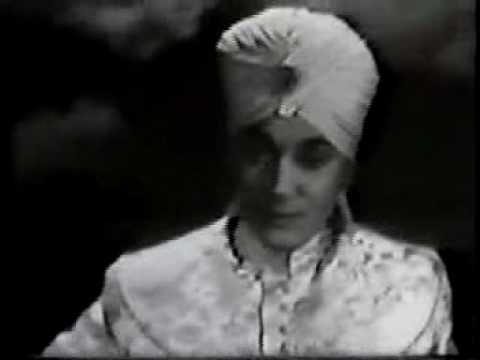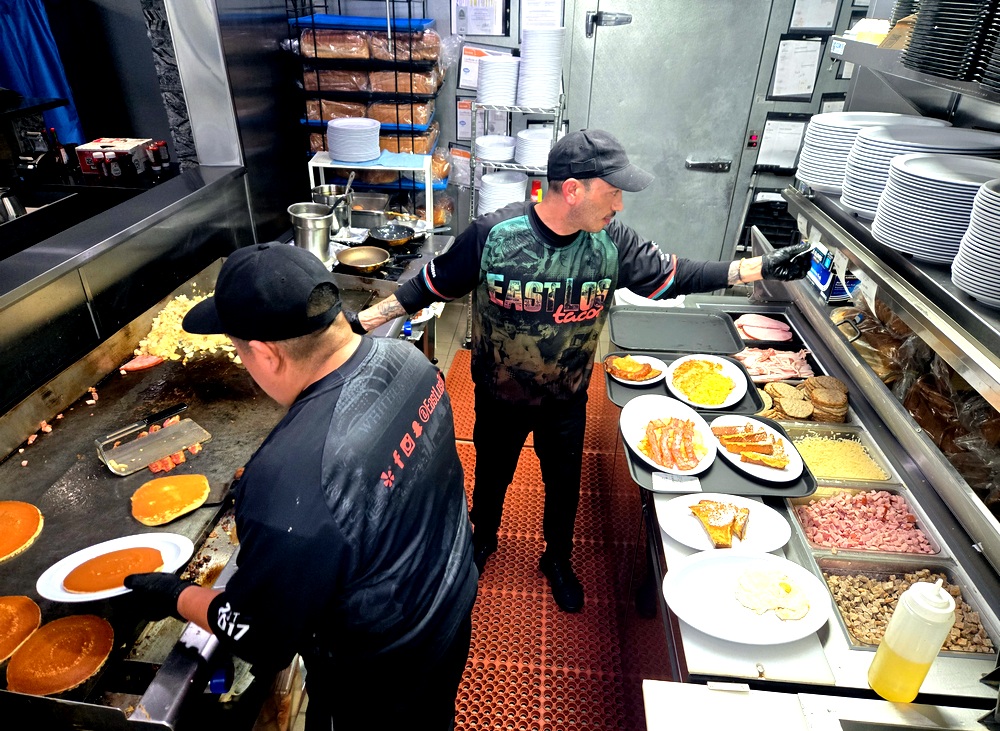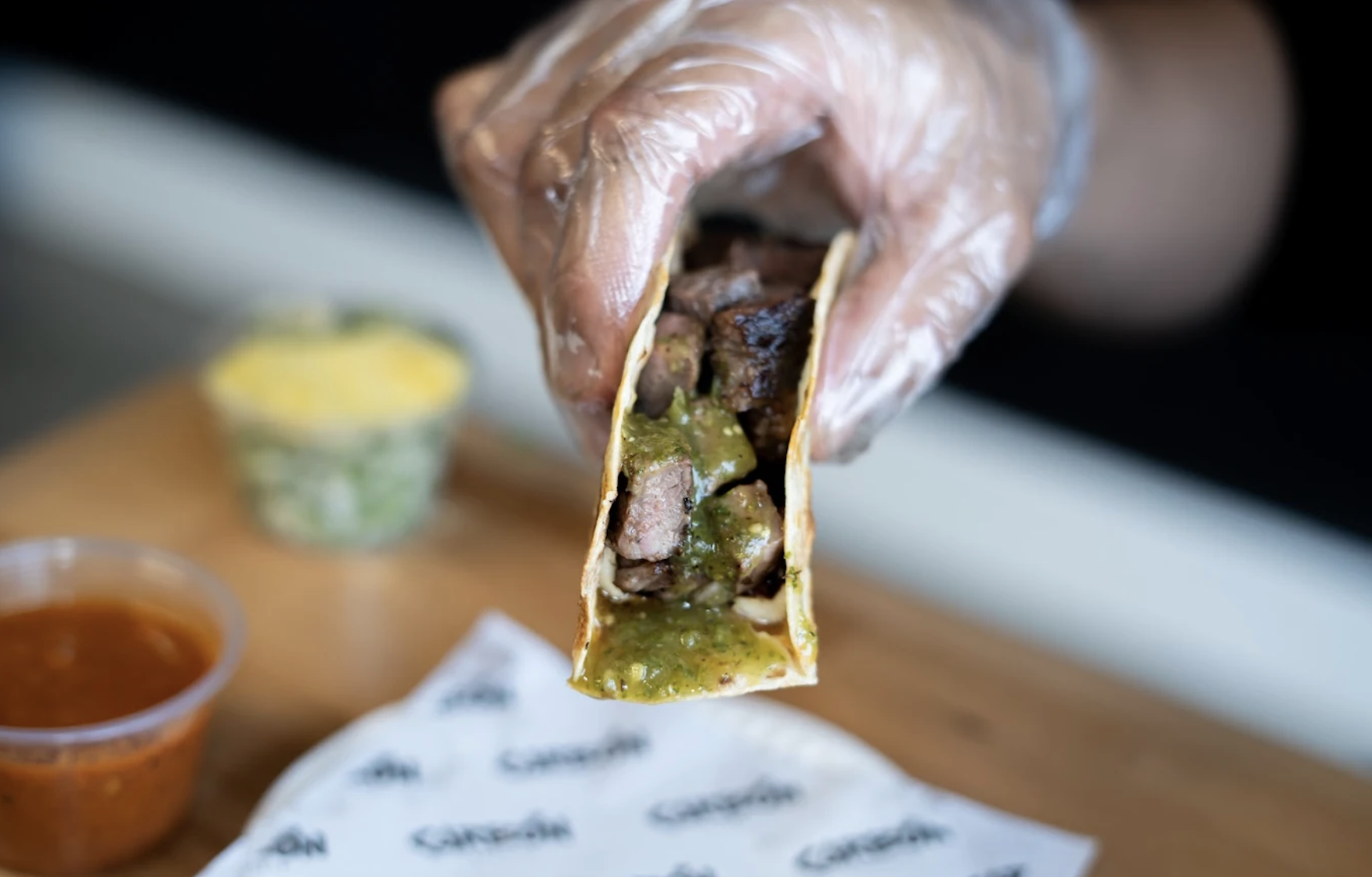Korla Pandit (September 16, 1921 – October 2, 1998), born John Roland Redd in St. Louis, Missouri, was a musician, composer, pianist, organist, and television pioneer. He was known as "The Godfather Of Exotica".
Arriving in Los Angeles, California in 1940, John Roland Redd donned a turban and performed under the name Juan Rolando.
Marrying a stunning Disney Studios artist, (Beryl June DeBeeson in 1944), the two enhanced his image, eventually replacing Juan Rolando with Korla Pandit, and composing a romantic history for him as a baby born in New Delhi, India to a Brahman priest and a French opera singer, who traveled from India via England, finally arriving in the United States.
In 1948 Korla was contracted as music director to create mood music for radio's latest revival of Chandu the Magician.
At an appearance that same year playing for a furrier's fashion show at Tom Brenaman's Restaurant in Hollywood, Korla and Beryl met television pioneer Klaus Landsberg. Klaus loved Korla's look and offered him his own 15-minute daily television show - which he named Korla Pandit's Adventures In Music - on the Los Angeles station, KTLA, with the stipulation that Korla would also provide musical accompaniment for another television show that starred hand puppets. That live show, Time For Beany, was created by Bob Clampett and featured Stan Freberg and Daws Butler as the puppeteers and voices.
Landsberg insisted that Korla not speak on his own Adventures In Music show, but rather just gaze dreamily into the camera and play the Hammond organ and Steinway grand piano, often simultaneously. Korla followed Klaus's directorial and contractual stipulations, and became an overnight star and one of early television's pioneering musical artists.
In the 1970s, when his television popularity waned, Pandit supplemented his income with increased personal appearances at supperclubs, supermarket openings, car agencies, music and department stores, pizza restaurants, lectures, music seminars, private lessons and the theater organ circuit.
He died in Petaluma, California of a myocardial infarction.
Two years following his death, it was sensationally revealed in an article by writer and associate editor R.J. Smith of L.A. Magazine that Korla Pandit was actually an African-American who had been born in the United States. Smith won a journalism award for his tabloid-style exposé.
Korla Pandit's audio works number over two dozen albums recorded on 78 and 45 rpm records, LP vinyl albums, and CD labels.
His visual works were recorded on early music video type presentations by film pioneer Louis D. Snader of Snader Telescriptions (who eventually replaced Pandit with Liberace, jump-starting the pianist's career).






